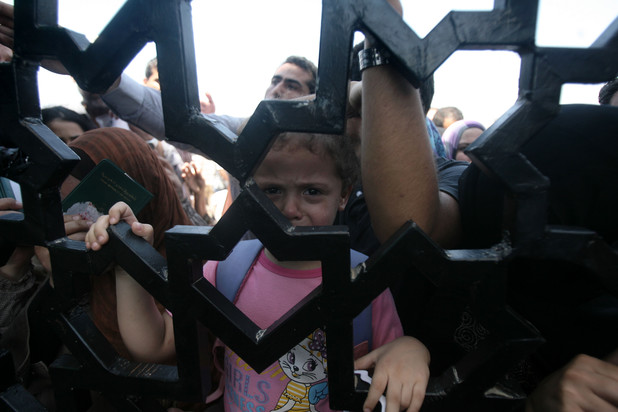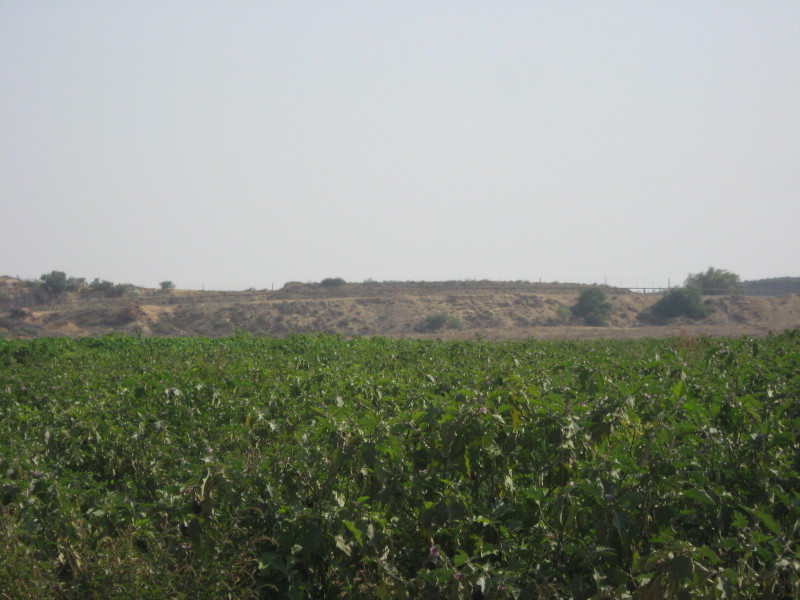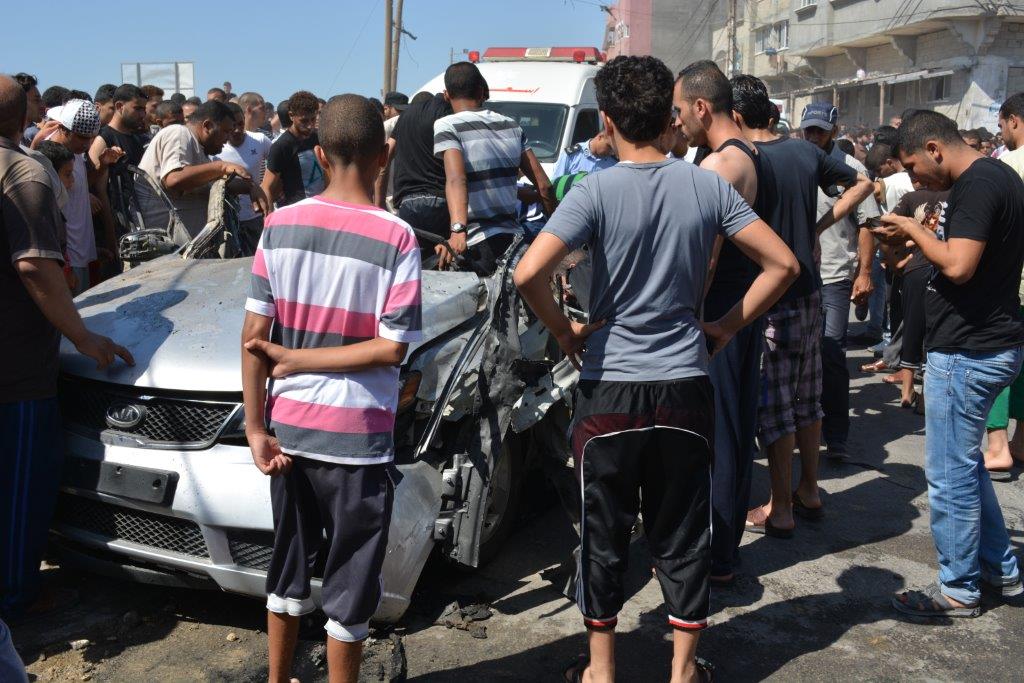Tag: Bombardment
-
Action Alert: Children trapped at the Rafah crossing
1st August 2014 | International Solidarity Movement | Gaza, Occupied Palestine Update 2nd August: Thanks to every one who responded to our urgent action alert, the Egyptian authorities opened the gate to allow the trapped group of foreign passport holders in! Read more about their harrowing ordeal here. Lets keep the pressure up on the Egyptian government until…
-
Farming under siege: Working the land in Gaza
5th July 2014 | Corporate Watch, Tom Anderson and Therezia Cooper | Gaza, Occupied Palestine Corporate Watch researchers visited the Gaza Strip during November and December 2013 and carried out interviews with farmers in Beit Hanoun, Al Zaytoun, Khaza’a, Al Maghazi and Rafah, as well as with representatives from Union of Agricultural Work Committees (UAWC), Palestine Crops…
-
Death in Shati
28 June 2014 | International Solidarity Movement, Charlie Andreasson | Gaza, Occupied Palestine Yesterday, shortly after three o’clock local time, two men were killed in their car. Two missiles struck it only about 100 meters from former prime minister Ismail Haniyeh’s residence in Shati (“Beach”) refugee camp. Ambulances soon arrived and took the two men…



